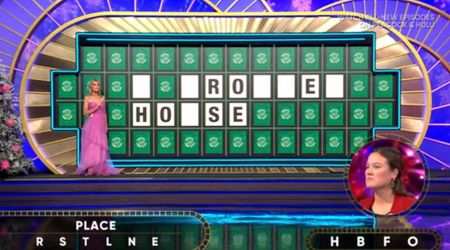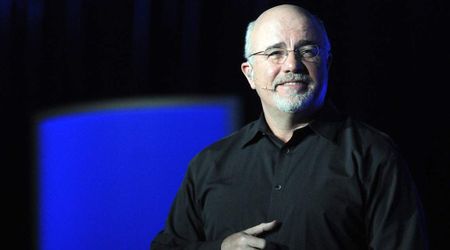Social Security is Not Enough, Here's How to Plan for Retirement

Most of the country's old-age survivors rely on Social Security run by the Social Security Administration SSA, a federal agency. In 2023, over 71 million Americans collected benefits. While these benefits are crucial for many in the country, the downside is that Social Security alone isn't enough for somebody to retire comfortably. The Social Security Administration says that the program should replace about 40 percent of pre-retirement income. This means that you will need more money to be able to sustain your lifestyle even after your retirement, as per Yahoo Finance.

Here's What To Do When Social Security Isn't Enough
According to various sources, Americans are underprepared for their retirement. According to the Social Security Administration, between 20 and 25 percent of Americans aged 65 received at least 90 percent of their income from Social Security.
"Social Security was never set up to fully fund someone’s retirement – it was just set up to hedge the risk of a retirement shortfall," says Eric Bond, president of Bond Wealth Management in Long Beach.
"For many Americans, Social Security is the only guaranteed income stream they’ll have in retirement. This means it’s more crucial than ever before to have multiple streams of income in retirement."
A Recent Bankrate survey showed that 56 percent of American workers which included 69 percent of Generation X do not have sufficient savings when it comes to retiring comfortably.
You Can Maximise Your Social Security Benefits with Smart Planning
"Many people can benefit from waiting until 70 to collect Social Security since it is the only government-guaranteed, inflation-protected income source," says David A. Schneider, CFP, president of Schneider Wealth Strategies.
He adds that if you file for benefits early then it can harm your monthly payout. The best thing to do is to claim after full retirement age which will boost your benefit by 8 percent a year. If you wait until you turn 62 then you can earn a check that's 70 percent. But if you wait then it can boost your payout to about 124 percent of your full benefit.
Here are 3 Retirement Accounts to Use for Retirement Income
6 in 10 Americans Aren’t Saving For Retirement, which is concerning. It's time to buckle up today! People who are saving for retirement have five options or accounts. Let's take a look at them...
401(k)
This account can only be given to you by your employer. This account will allow you to invest in potentially high-return assets such as stocks and stock funds. You can also avoid taxes on any earnings while the money is in the account. Then you can later withdraw the money in retirement after you turn 59½, when you do, you have to pay taxes in the traditional 401(k) while avoiding them completely in the Roth 401(k). For people working in the public sector, the equivalent of the 401(k) is the 403(b) program.
IRA
This account can be opened by any working American even if they already have another retirement plan in place. This account lets you invest in various types of assets like stocks, bonds, and other securities. With this account, you will be able to avoid taxes while the money is in the account, At the age of 59, you will be able to withdraw this money and then you will have to pay taxes in a traditional IRA. You can avoid the taxes fully in the case of a Roth IRA.
Brokerage account
Even a regular brokerage account can help you save for retirement. While the account does not offer any key tax advantages it is still great when it comes to investing in potentially high-return securities such as stocks and stock funds. You will owe taxes on the dividends you receive in the account but you won't owe taxes on your capital gains until you sell the security.
























